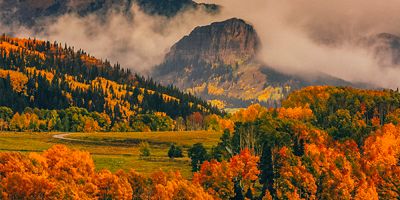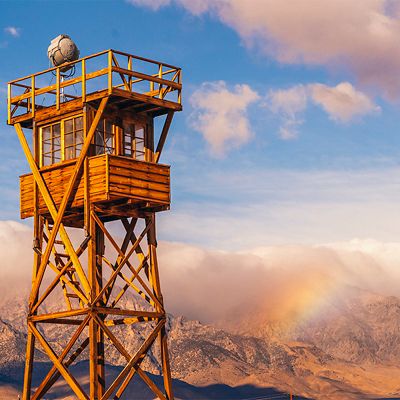National parks are a quintessentially American birthright. As public lands, they’re places that every citizen in the nation has a right to visit and enjoy. Right now, the U.S. has 63 official national park units (including the New River Gorge, which was designated just last year). In total, that’s more than 80 million acres of land to explore.
The even better news? There’s more on the way. Here’s a brief recap on why that matters, plus five landscapes we can expect to see designated next.
Who Decides on New National Parks?
There are a few different paths to achieving national park status. Sometimes, a city, state, or private owner will donate land to the federal government, which will then turn that land over to the National Park Service (NPS) to manage. Other parks start as federal lands and are leveled-up via Congressional vote. But no matter how a national park gets formed, it requires buy-in from Congress. That means national parks are harder to establish than national monuments and other types of federally managed land, which can be designated by the president alone. It also means that when a national park does get established, it comes with a whole lot of buzz.
Why Does National Park Status Matter?
All this begs the question: If national parks are so hard to designate, why bother? After all, new national monuments receive a lot of attention and protection, too. So why not just stick with those? According to Kristen Brengel, VP of government affairs for the National Parks Conservation Association, many monuments fall under the purview of the Bureau of Land Management (BLM), which was originally created to manage land for mining, oil and gas development, and grazing. While the BLM does oversee some wilderness areas, its specialty is managing for multiple uses—including OHV and off-road vehicle use. NPS, on the other hand, exists expressly for conservation.
“The 1916 law establishing the National Park Service says it must manage land to a conservation standard,” Brengel (she/her) explains. “And because NPS has a conservation mission at its core, it brings in wildlife biologists, historians, and archaeologists who are paid professional staff helping to protect these places.”










